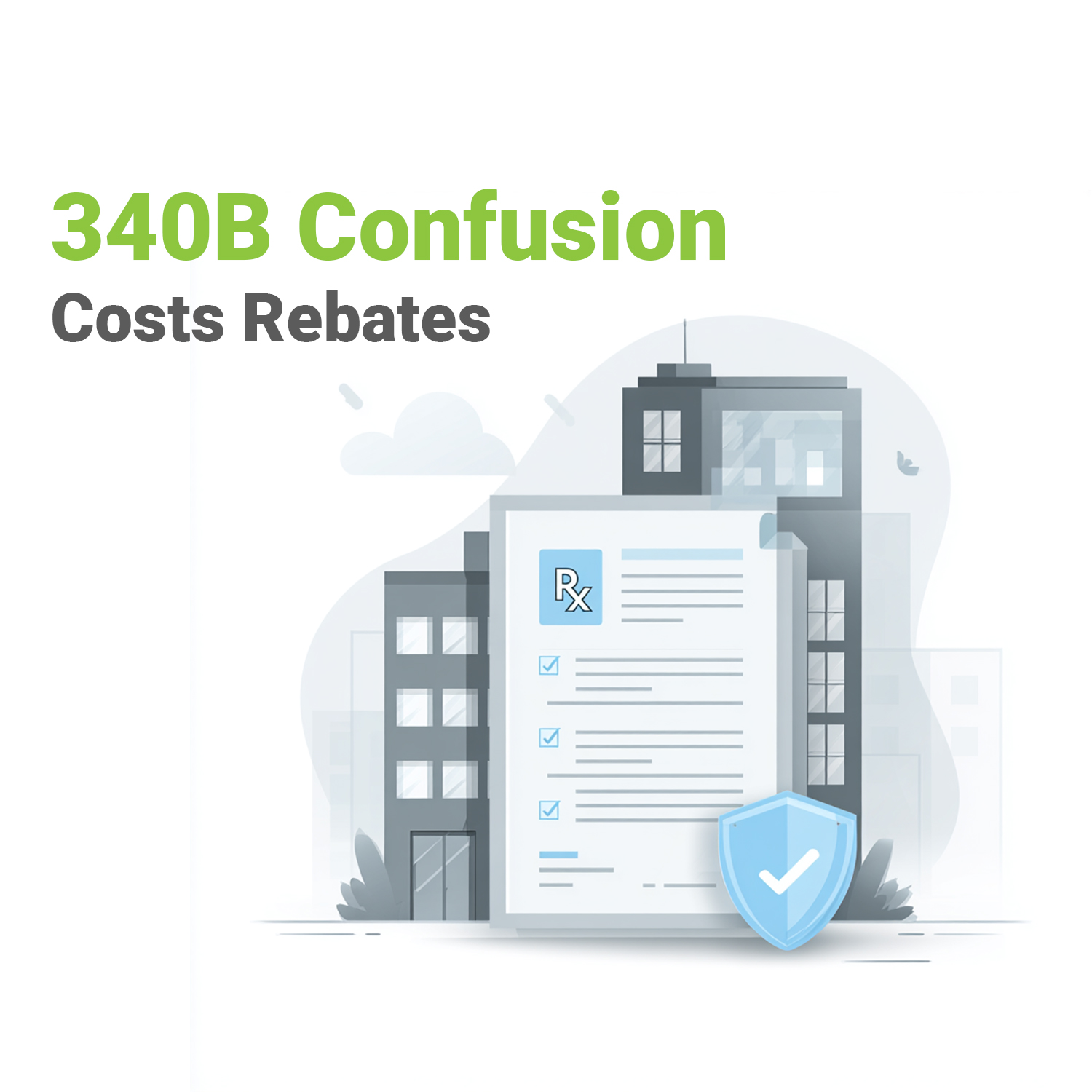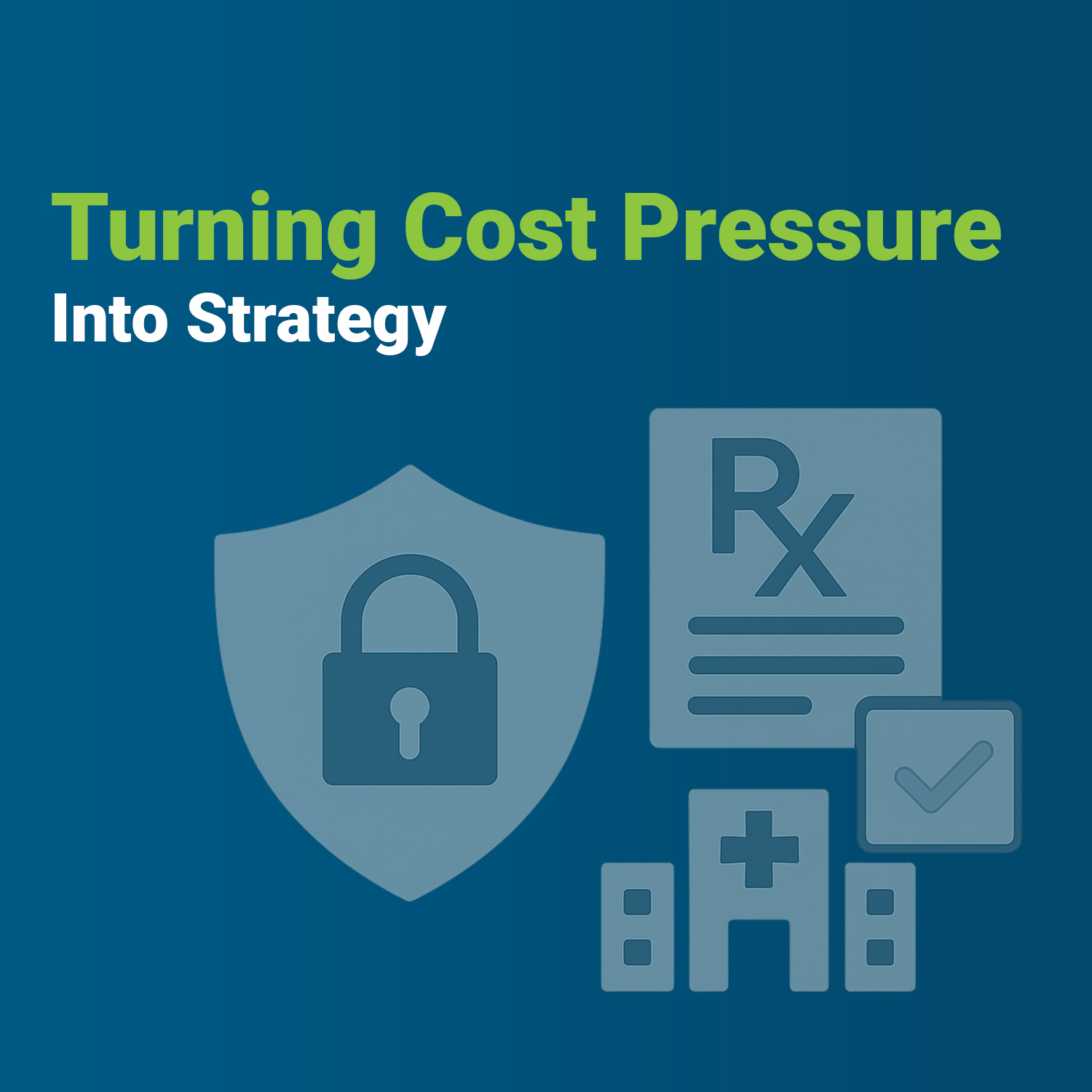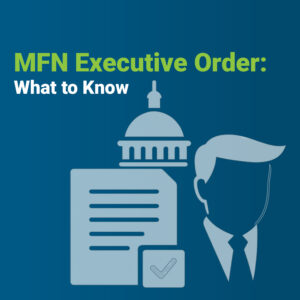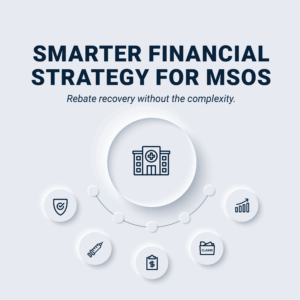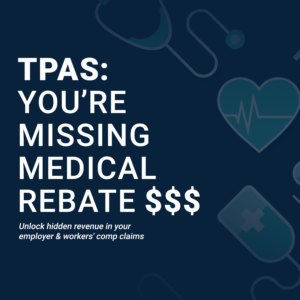To understand what a game-changer generic prescription drugs are, imagine this scenario:
The most popular passenger vehicle in the United States in 2022, the Toyota Rav4, has a starting price of more than $26,000. Imagine if you could wait a few years and buy a generic version of that SUV – with the same features and same performance – for, say, $1,500. Or less. That’s similar to the breathtaking pricing difference when a name-brand prescription drug becomes eligible for recreation as a generic drug.
It’s an extreme example, to be sure, and offered as a thought experiment. Don’t base your auto buying decisions on the hope that it could somehow happen. But if you could, you would.
In a nutshell, that’s why generic drugs are so popular. They work exactly as the name-brands do, but at a much lower price. The only downside is that patients need to wait for that drug that’s being advertised all Sunday long in football season becomes available at CVS for a few dollars.
The good news: for many drugs that treat chronic conditions, that wait ended years ago. We’re now living in a golden age of generic prescription drugs.
Trends in the use of generic prescription drugs
The non-partisan Congressional Budget Office (CBO) looked at the growth of generics in its 2022 report, Prescription Drugs: Spending, Use, and Prices.
In that report, the CBO noted: “One of the primary factors contributing to the increased use of generic drugs over the 2009–2018 period was the availability of generic equivalents for a growing number of brand-name drugs as their patents expired or were successfully challenged by manufacturers of generic drugs. That process accelerated in the first decade of the 2000s when the blockbuster drugs of the previous decade began losing their sales-exclusivity rights.
“In addition, insurers have used a variety of tools to steer patients toward generic drugs.
However, the rate of increase in the share of prescriptions for generic drugs has slowed in recent years. That reduced growth coincides with the leveling off of two former sources of growth:
- First, the share of prescriptions for which a generic option is available has equaled
92 percent since 2016. - Second, since 2013, 97 percent of prescriptions that have both a brand-name option and a generic option have been dispensed as generic drugs.
- Also, going forward, further availability of generic drugs may be somewhat limited if newer and more complex brand-name drugs are less likely to attract generic competition. That could be the case if those drugs treat conditions that affect fewer patients and are more challenging to replicate.”
Factors that increase the use of generic prescription drugs
Health insurers use a variety of methods to encourage the use of generic drugs when they are available.
A common tool is to charge lower out-of-pocket costs for generics than for brand-name alternatives. For example, employment-based insurance plans required a copayment—that is, a specified dollar amount that an enrollee pays at the time a drug is purchased—of $11, on average, in 2019 for prescription drugs in their first tier, which is usually largely restricted to generic drugs. Average copayments for drugs in the second and third tiers ranged from $33 to $59; those tiers tend to include preferred and nonpreferred brand-name drugs.
Plans typically require even higher cost sharing for specialty drugs, which are less likely to have generic alternatives.
—
In 2022, the non-partisan Congressional Budget Office (CBO) of the United States issued a landmark study that tracks the use of prescription drugs, their costs and their benefits.
In the overview article, we look at the general trends identified by the CBO over the past 40 years. Subsequent articles dive in deeper
—
Read more:
- Prescription Drugs: Spending, Use, and Prices (Congressional Budget Office)
- Download the full report (Congressional Budget Office)

